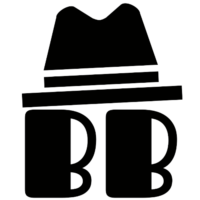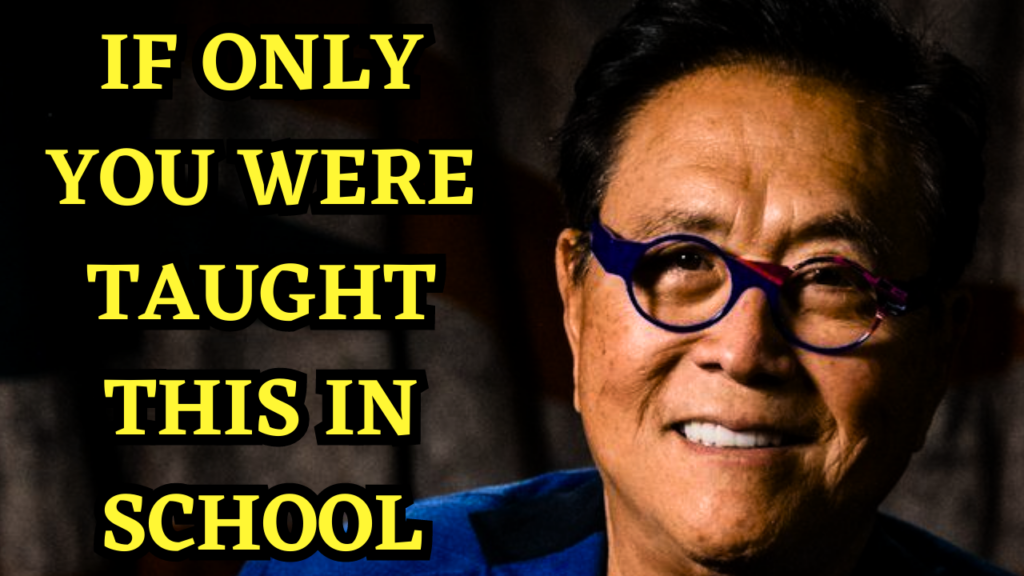Introduction:
Have you ever struggled to break a bad habit? Do you genuinely want to know how to break a bad habit? Well, bookbutter’s friend, look no further because this article is precisely what you need! We’ve got the tips, tricks, and techniques to help you break that habit once and for all. So, buckle up and get ready to bid farewell to that pesky habit holding you back from reaching your full potential.
In today’s fast-paced world, the habits we form can greatly impact our lives. Whether it’s a bad habit we need to break or a good habit we want to start, it can be difficult to make lasting changes. Fortunately, the book “Atomic Habits” by James Clear provides a roadmap for changing habits that can help us achieve our goals. In this blog post, we’ll explore some of the key takeaways from the book and provide practical tips for changing your habits. If you want to know How to Break a Bad Habit, you can read this blog post about Building Atomic Habits: A Step-by-Step Guide to Achieving Your Goals
Understanding Habits: Before we can change our habits, we need to understand how they work. According to Clear, habits are formed through a feedback loop that includes three stages: cue, routine, and reward. The cue is the trigger that initiates the habit, the routine is the behavior we engage in, and the reward is the positive outcome that reinforces the habit. By understanding this feedback loop, we can begin to identify the cues and rewards that drive our habits and make changes accordingly. You can also check this article on A Step-by-Step Guide to Achieving Your Goals.
Breaking Bad Habits: Breaking a bad habit can be one of the most difficult challenges we face. Whether it’s smoking, overeating, or procrastinating, these habits can have a negative impact on our lives. To break a bad habit, Clear recommends using the “Four Laws of Behavior Change”: make it obvious, make it attractive, make it easy, and make it satisfying. By applying these laws, we can create new cues and rewards that reinforce positive behaviors and help us break bad habits. This article explains in detail the habit loop and how it can affect your power to overcome bad habits.
Creating Good Habits: Creating good habits is essential for achieving our goals and improving our lives. According to Clear, the key to creating good habits is to make them easy and to start small. By breaking down our goals into small, manageable actions, we can build momentum and make lasting changes. In addition, Clear recommends using “habit stacking” to create new habits that are linked to existing habits. For example, if you want to start meditating every day, you could stack it onto your existing habit of drinking coffee in the morning. You can read this article to find out 10 Habits for a Successful Morning Routine to Boost Your Personal and Financial Development.
Overcoming Plateaus: As we work to change our habits, we may hit plateaus where progress seems to stall. To overcome these plateaus, Clear recommends using the “Two-Minute Rule”. The rule is simple: start by doing the habit for just two minutes. By starting small and building momentum, we can overcome the resistance that often comes with starting a new habit. In addition, Clear recommends using “environmental design” to make it easier to engage in positive habits. For example, if you want to exercise more, you could lay out your workout clothes the night before to make it easier to get started in the morning. You can also check this detailed article Overcoming Plateaus: How to Keep Making Progress with Your Habits.
While understanding habits is valuable, one way to learn how to break a bad habit is to track your progress and understand where you stand. A habit tracker and habit-change workbook can help you track your habit change effectively. We offer the best habit tracker and habit-change workbook in the market, which you can download for free from here. Check it out to start breaking your bad habits today.
Conclusion:
In “Atomic Habits,” James Clear provides a roadmap for changing habits that can help us achieve our goals and improve our lives. By understanding how habits work, breaking bad habits, creating good habits, and overcoming plateaus, we can make lasting changes and achieve our full potential. Whether you want to break a bad habit, start a new habit, or improve an existing habit, the principles in this book can help you get there. So start small, make it easy, and make it satisfying, and watch your habits transform your life.
If you’re looking for more resources and strategies for developing good habits and breaking bad ones, there are many helpful books, articles, and online resources available. Some recommended resources include “How to Break a Bad Habit and Change Your Life“, “Breaking Bad Habits: Understanding the Habit Loop for Lasting Change“, “Building Atomic Habits: A Step-by-Step Guide to Achieving Your Goals“, and “The Science of Habit Formation: How to Create and Break Habits”
To gain a better understanding of this concept, we invite you to watch our informative video on our channel. Our video provides an in-depth explanation of this topic and can help you grasp the importance of differentiating between assets and liabilities. Our channel offers an array of book summaries and reviews, including financial and personal development books, making it the perfect resource for those seeking to improve their financial literacy and personal growth. Visit our channel to discover the best book summaries and reviews available online.
Discover effective techniques for breaking bad habits with our curated topics! Learn how to break a bad habit with these valuable resources. Start your journey towards self-improvement and positive change today.
- Atomic Habits – How to Break a Bad Habit
- How to Break a Bad Habit – A complete Guide
- How to Break a Bad Habit and Change Your Life
- Breaking Bad Habits: Understanding the Habit Loop for Lasting Change
- 10 Habits for a Successful Morning Routine to Boost Your Personal and Financial Development
- Overcoming Plateaus: How to Keep Making Progress with Your Habits
- Building Atomic Habits: A Step-by-Step Guide to Achieving Your Goals
- The Science of Habit Formation: How to Create and Break Habits
- The Power of Small Habits: How Tiny Changes Can Lead to Big Results (Book Summary)
- The Four-Step Process for Creating Good Habits: An Infographic Overview
- Atomic Habits Full Audiobook in English by James Clear – Complete Free Audiobook




Pingback: The Science of Habit Formation: How to Create and Break Habits - Book Butter
Pingback: Insights from Best-Selling Books: How to Be a Better Person - Book Butter